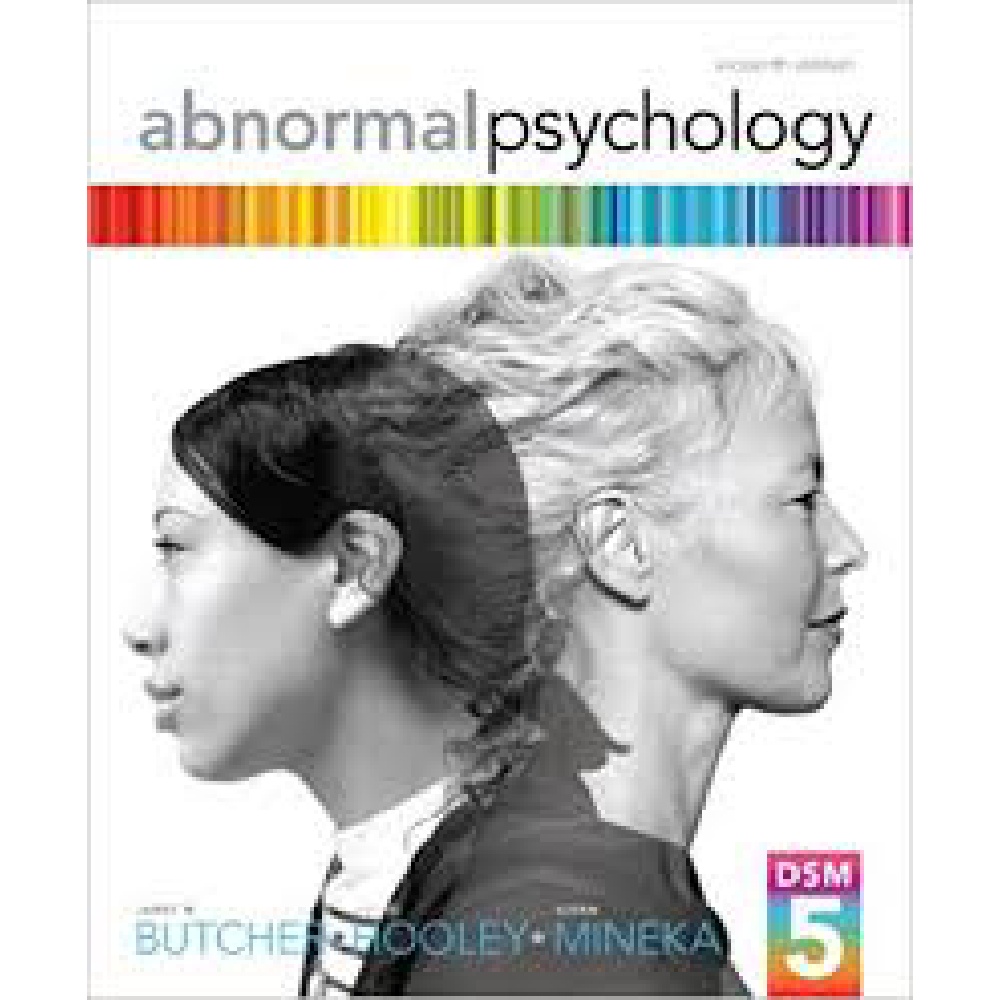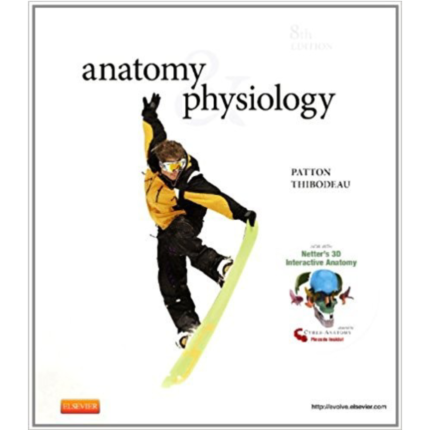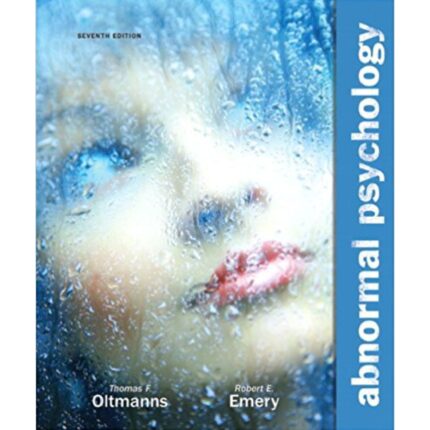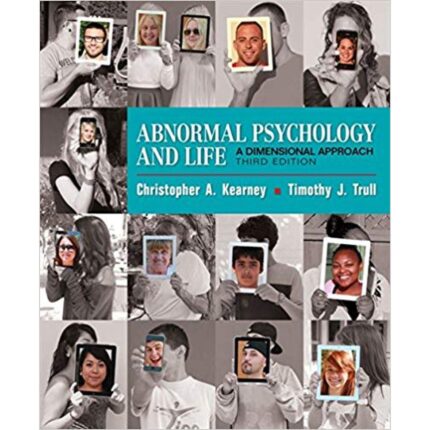Abnormal Psychology 16th Edition By Butcher Hooley Mineka – Test Bank
Chapter 11: Substance-Related Disorders
Multiple-Choice Questions
11.1-1. Why does it make sense to view addiction as a mental disorder?
a. The symptoms reflect behaviors that involve the pathological need for a substance.
b. The most effective treatments are psychological.
c. Neurochemical imbalances underlie the problematic behaviors observed.
d. Substance abuse frequently develops in an attempt to self-medicate negative mood states.
Difficulty: 1
Question ID: 11.1-1
Page Ref: 368
Topic: Substance-Related Disorders
Skill: Conceptual
Answer: a. The symptoms reflect behaviors that involve the pathological need for a substance.
11.1-2. Unlike psychoactive substance abuse, psychoactive substance dependence usually involves
a. physiological symptoms such as tolerance and withdrawal.
b. continued use despite social and occupational problems.
c. pathological use of the substance.
d. the use of substances that laws prohibit one from buying or using.
Difficulty: 1
Question ID: 11.1-2
Page Ref: 369
Topic: Substance-Related Disorders
Skill: Factual
Answer: a. physiological symptoms such as tolerance and withdrawal.
11.1-3. Henry used to become intoxicated after six drinks. Now he needs ten or twelve to get the same effect. This is an example of
a. a psychoactive substance abuse disorder.
b. tolerance.
c. withdrawal symptoms.
d. an organic impairment.
Difficulty: 1
Question ID: 11.1-3
Page Ref: 369
Topic: Substance-Related Disorders
Skill: Applied
Answer: b. tolerance.
11.1-4. The occurrence of withdrawal symptoms
a. indicates that substance abuse has developed.
b. is necessary for a diagnosis of substance abuse.
c. is seen when use of any psychoactive substance is terminated.
d. signals that the body has adjusted to the presence of the drug.
Difficulty: 2
Question ID: 11.1-4
Page Ref: 369
Topic: Substance-Related Disorders
Skill: Conceptual
Answer: d. signals that the body has adjusted to the presence of the drug.
11.1-5. Which of the following is a consequence of organic impairment resulting from long-term substance use, as opposed to being a consequence of drug toxicity?
a. Alcohol amnestic disorder
b. Alcoholic intoxication
c. Amphetamine delusional disorder
d. Cannabis delirium
Difficulty: 2
Question ID: 11.1-5
Page Ref: 375
Topic: Alcohol Abuse and Dependence/The Clinical Picture of Alcohol Abuse and Dependence
Skill: Factual
Answer: a. Alcohol amnestic disorder
11.1-6. Judd has been drinking heavily for a number of years. When he is not drinking, he experiences profuse sweating and shakes. This indicates that Judd
a. has an organic impairment.
b. has withdrawal symptoms when he abstains from alcohol.
c. cannot be diagnosed with substance dependence.
d. has developed a tolerance for alcohol.
Difficulty: 1
Question ID: 11.1-6
Page Ref: 369
Topic: Substance-Related Disorders
Skill: Applied
Answer: b. has withdrawal symptoms when he abstains from alcohol.
11.1-7. Which of the following is a diagnosis found in the DSM-5?
a. Alcoholism
b. Alcoholic Syndrome Disorder
c. Substance-Interdependence Disorder
d. Alcohol Use Disorder
Difficulty: 1
Question ID: 11.1-7
Page Ref: 370
Topic: Alcohol Abuse and Dependence
Skill: Factual
Answer: d. Alcohol Use Disorder
11.1-8. Which of the following statements about alcohol problems is accurate?
a. The lifetime prevalence for alcoholism in the United States is about 30 percent.
b. The average life span of an alcoholic is twelve years shorter than the average citizen.
c. Although alcohol impairs motor behavior, it does not lower performance on complex cognitive tasks.
d. Alcohol abuse is a “pure” disorder, with less than 5 percent of alcohol abusers having a coexisting mental disorder.
Difficulty: 1
Question ID: 11.1-8
Page Ref: 370
Topic: Alcohol Abuse and Dependence/Prevalence, Comorbidity, and
Demographics
Skill: Factual
Answer: b. The average life span of an alcoholic is twelve years shorter than the average citizen.
11.1-9. Which of the following statements is true about alcohol use?
a. Alcoholism is extremely serious but rarely fatal.
b. Alcoholism is more common in women that in men.
c. Alcoholism increases the risk of suicide.
d. Alcoholism is strongly associated with accidental death, but not with violent acts.
Difficulty: 1
Question ID: 11.1-9
Page Ref: 371
Topic: Alcohol Abuse and Dependence/Prevalence, Comorbidity, and
Demographics
Skill: Factual
Answer: c. Alcoholism increases the risk of suicide.
11.1-10. Which mental disorder is most commonly comorbid with alcoholism?
a. Panic disorder
b. Obsessive compulsive disorder
c. Dissociative amnesia
d. Depression
Difficulty: 1
Question ID: 11.1-10
Page Ref: 371
Topic: Alcohol Abuse and Dependence/Prevalence, Comorbidity, and
Demographics
Skill: Factual
Answer: d. Depression













Reviews
There are no reviews yet.